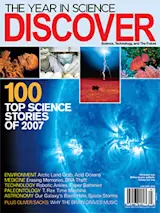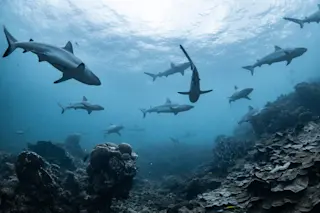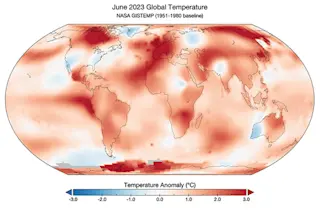Geologists took a new look at a sequence of old rocks in southwest Greenland and discovered the earliest example yet of plate tectonics. Until March, when the findings were published in Science, researchers thought that continents began to solidify on Earth around 2.5 billion years ago. The new discovery shows that the process started much sooner, closer to when the planet formed.
Earth scientists have been crawling over the intensely baked and contorted rocks of the 3.8-billion-year-old Isua Supracrustal Belt for decades. But when Harald Furnes, a geologist at the University of Bergen in Norway, and his colleagues walked over the Greenland outcrops, bells went off. They saw sheeted dikes—thinly banded rocks composed almost entirely of a shiny, green-black mineral called amphibole. Previously, researchers had found nearby pillow lavas, bulbous lava flows that form under water. The combination of the two rock types, along with other geologic clues, could mean ...














